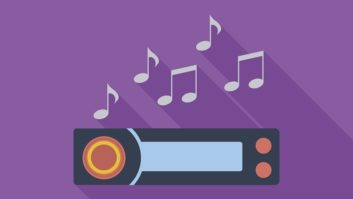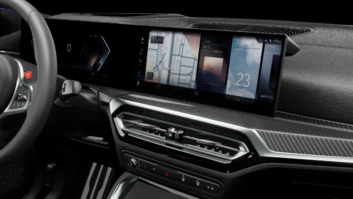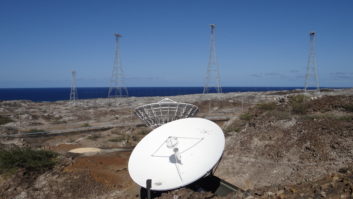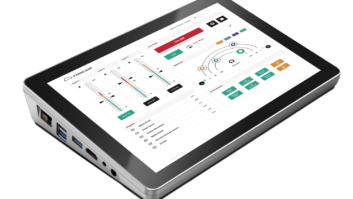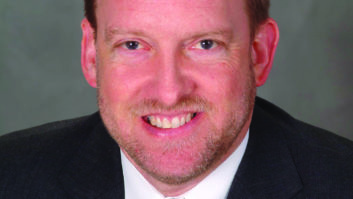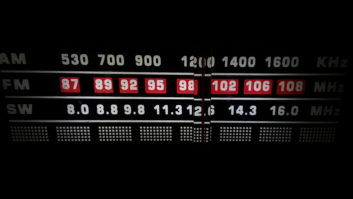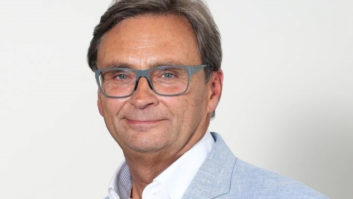
OSLO, Norway — Most people instinctively think that DAB is only for digital radio. In some ways they are right. But they are also forgetting many important possibilities.
To think of DAB as solely an audio distribution method is like buying a Leatherman multitool and then only using the knife or the pliers. A Leatherman salesperson will show you, explain and demonstrate everything — the wire cutters, the screwdrivers, the knives, the pliers, the bottle opener, the can opener and the wine opener.
He or she will also tell you that it is made of stainless steel, has anodized aluminum handle scales, comes with a 25-year warranty and is available in various colors. They might even go through measurements, the weight and, in the end, the price — with a possible discount. Why all the effort? This is because the salesperson wants you to understand all the benefits of the product so as to increase the likelihood of you actually buying it.
LOST OPPORTUNITY
Let’s discuss DAB’s additional services, while of course not forgetting digital radio. The latter clearly offers reduced power consumption, improved coverage and signal robustness. But there is much more and it is important to not overlook the potential. I am not only talking about reaching traditional audiences. Business-to-business and machine-to-machine communications are exploding and mobile Internet is neither cost-efficient nor stable enough for the task. There are quite a few additional DAB services.
Among these is emergency communication. Broadcasting reaches everyone instantly without capacity constraints. Mobile networks are quickly overloaded, hence useless in an instant when they are needed the most.
Via DAB, rescue teams can override every radio station with information to the public, or even switch the receiver on if it is off. Graphical and textual information may also be transmitted, i.e. a life-saving map in order to guide people out of a road tunnel where there is a fire. That’s a disaster alarm, rescue instruction and public service information all in one.
Traffic information is another benefit. It is able to update drivers on the traffic situation and automatically reroute them to avoid slow-moving traffic or an accident. Maps of a navigation unit may also be updated. It is available to everyone at the same time and is much cheaper than via telecom networks.
Then there are public transport updates. At bus stops in the Netherlands, you will see screens telling you when the next one arrives. That is admittedly not very unique, but the information is distributed via DAB. The low-power consumption of DAB means that receivers run on solar power, so no electricity needs to be installed to every bus stop. And again, it is cheaper than via 3G/4G.
For educational purposes, the technology also allows developing countries without Internet connections to receive updated news and information via DAB.
MORE ADVANTAGES
Other advantages include added info, which enables extra information to be broadcast together with audio, for example to see photos from the studio, find out who sings which songs, study weather forecast maps or read news stories. Or to find out what you missed out on or what will air next via electronic program guides.

Gunnar Garfors
Then there is mobile TV, referred to as DMB, a small part of the Eureka-147 standard, but the Leatherman saleswoman would probably not confuse you with a new acronym. She might call it DAB-TV. Both radio and mobile TV can reside on the same multiplex.
The technology can additionally trigger interactivity. It is possible to use the screen to interact with services provided by the radio broadcaster or a third-party company. It might be a vote, discussion via social media, tagging of a song, distribution of an Internet link or touchscreen shopping — all triggered via DAB.
There is also the potential for DAB technology to control streetlights and to secure railway switches — DAB is being considered as one of the distribution methods to manage switches in Europe.
Like the Leatherman salesperson I’ll also mention a scenario: FM will be switched off in Norway in 2017, and replaced by DAB+. When this happens, 99.5 percent of the population will receive at least 14 digital radio stations. This is more than they receive via FM and we call this the democratization of radio.
Can we do all of this via mobile Internet? The answer is no. Firstly because the Internet fails when disaster strikes, particularly when everyone is trying to communicate or access information simultaneously. Secondly, it requires a subscription. Thirdly, the coverage area is considerably smaller than for DAB. The technology is also more expensive than broadcasting, and less effective.
Finally, power consumption is much higher, both on the transmitter and the receiver sides. I’ll refrain from listing more reasons why we need DAB — in addition to mobile broadband. The initial sales pitch has been completed. When will you opt for DAB?
Gunnar Garfors is president of the International DMB Advancement Group (IDAG) and an advisor to NRK.
Radio World welcomes other points of view. Please send comments to [email protected].





